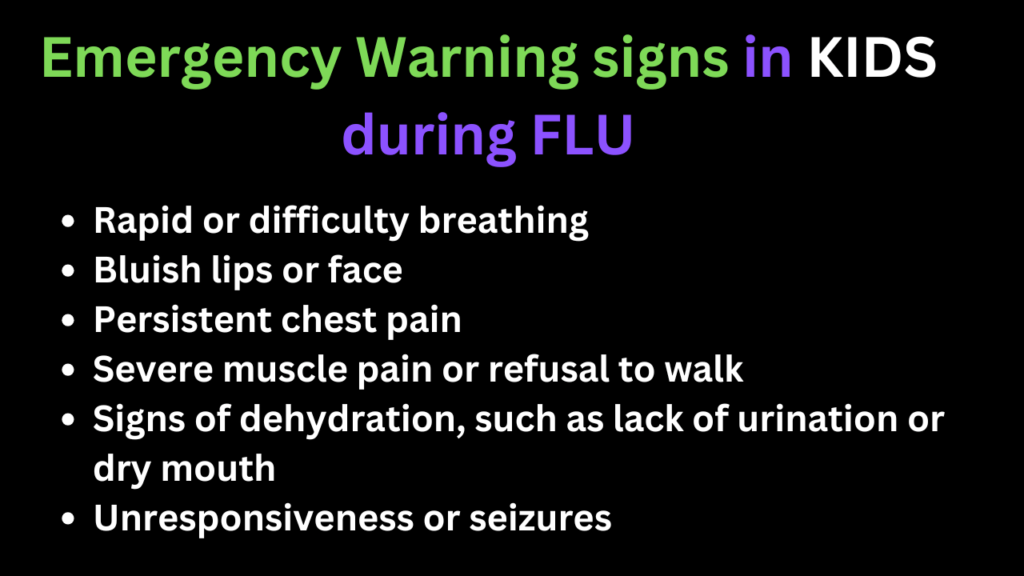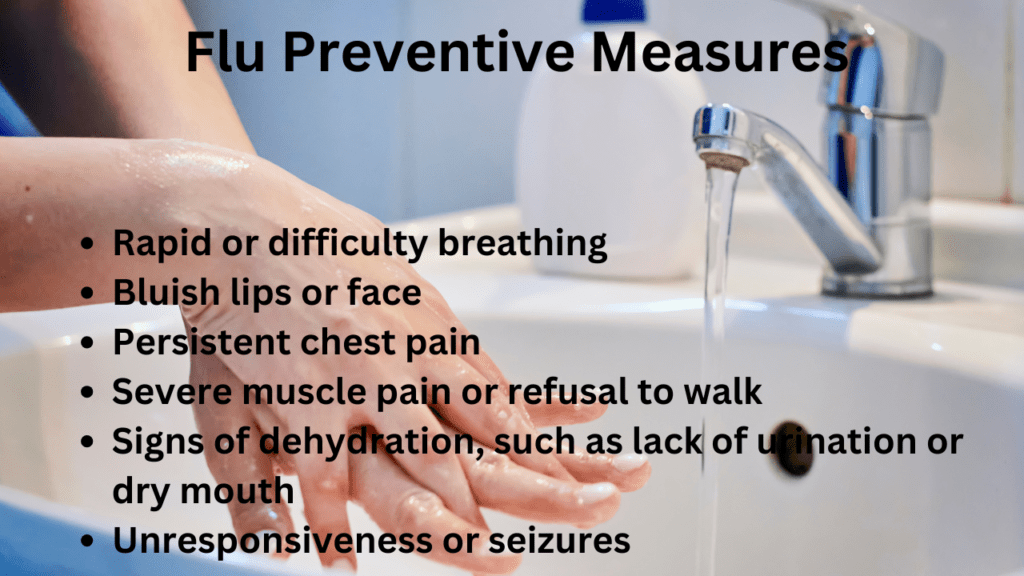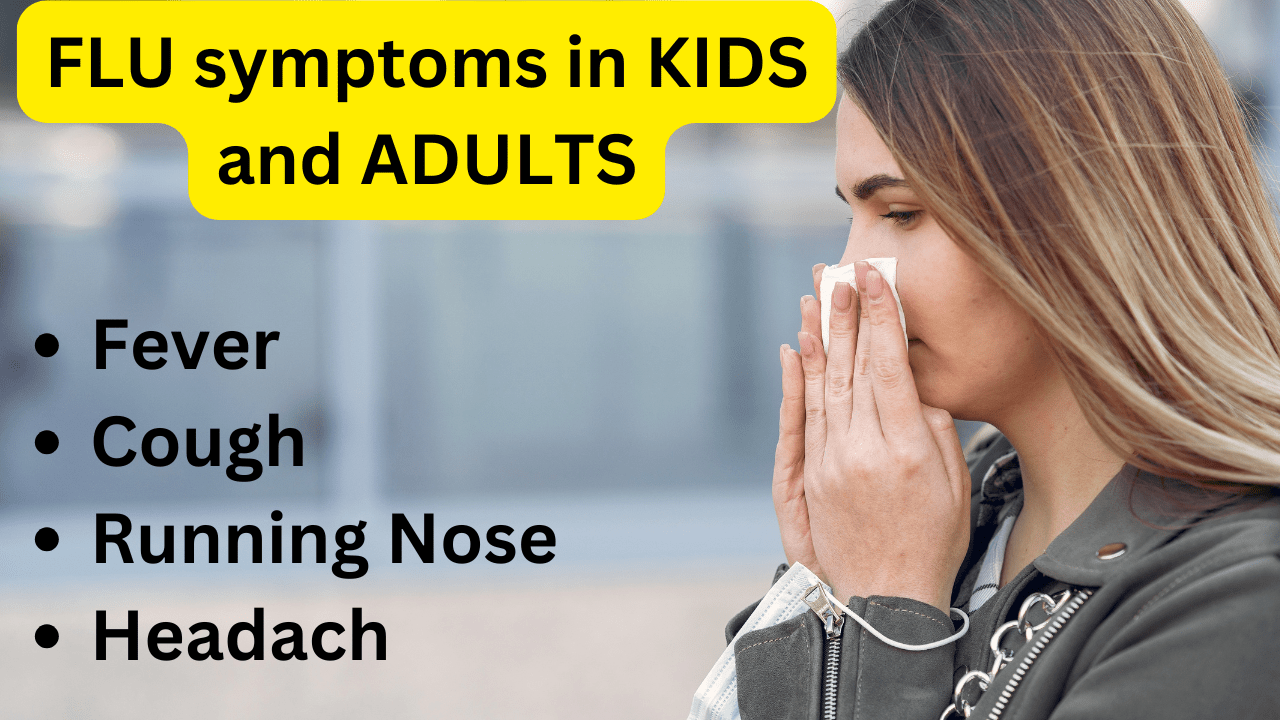Influenza, commonly referred to as the flu, is a highly contagious respiratory illness caused by influenza viruses. The flu season varies in intensity each year.
Recognizing the symptoms is crucial. Taking prompt action is critical to reducing its impact.
7 Common flu symptoms in 2025
The symptoms of the flu often come on suddenly and can range from mild to severe. Here are the common flu symptoms.
- Fever or Chills: Many individuals experience a sudden onset of fever or chills. However, it’s worth noting that not all cases involve a fever.
- Cough and Sore Throat: Persistent coughing and a sore throat are hallmark symptoms of the flu.
- Runny or Stuffy Nose: Nasal congestion can be a common and frustrating symptom.
- Muscle or Body Aches: Aching muscles, particularly in the back, arms, or legs, are a frequent complaint.
- Headaches: Flu-related headaches can vary in intensity but are often accompanied by other symptoms.
- Fatigue: A pronounced feeling of tiredness or exhaustion often lingers throughout the illness.
- Gastrointestinal Symptoms: Vomiting and diarrhea, while more common in children, can occur in adults as well.
Emergency Warning signs during flu
While most cases of the flu resolve within a few days to two weeks, severe cases can lead to complications. It’s vital to seek immediate medical attention if the following warning signs occur:
In Children

- Rapid or difficulty breathing
- Bluish lips or face
- Persistent chest pain
- Severe muscle pain or refusal to walk
- Signs of dehydration, such as lack of urination or dry mouth
- Unresponsiveness or seizures
In Adults
- Difficulty breathing or shortness of breath
- Persistent pain or pressure in the chest
- Confusion or severe dizziness
- Lack of urination or extreme weakness
- Fever or symptoms that initially improve but then worsen
Flu Preventive Measures
Prevention remains the most effective way to combat the flu. The Centers for Disease Control and Prevention (CDC) recommends an annual flu vaccine for everyone aged six months and older. The vaccine is updated each year to target the most prevalent strains of influenza viruses.
In addition to vaccination, following habits can help reduce the spread of the flu:

- Practice Good Hygiene: Wash your hands frequently with soap and water for at least 20 seconds. Use hand sanitizer if soap is unavailable.
- Cover Coughs and Sneezes: Use a tissue to cover your mouth and nose. You can also use your elbow. Dispose of tissues promptly.
- Stay Home When Sick: Avoid contact with others if you’re feeling unwell to prevent the spread of the virus.
- Avoid Touching Your Face: Do not touch your eyes, nose, and mouth. This action can introduce the virus into your system.
- Maintain a Healthy Lifestyle: Get adequate sleep. Stay active to support overall health. Manage stress effectively. Eat a balanced diet to support a robust immune system.
Why Early Action Matters
Early detection and treatment can significantly reduce the severity of flu symptoms and prevent complications. Antiviral medications are most effective when started within 48 hours of symptom onset.
These medications can shorten the duration of the illness. They also reduce the risk of severe outcomes, particularly for high-risk groups. These groups include young children, the elderly, and individuals with chronic medical conditions.

NICE